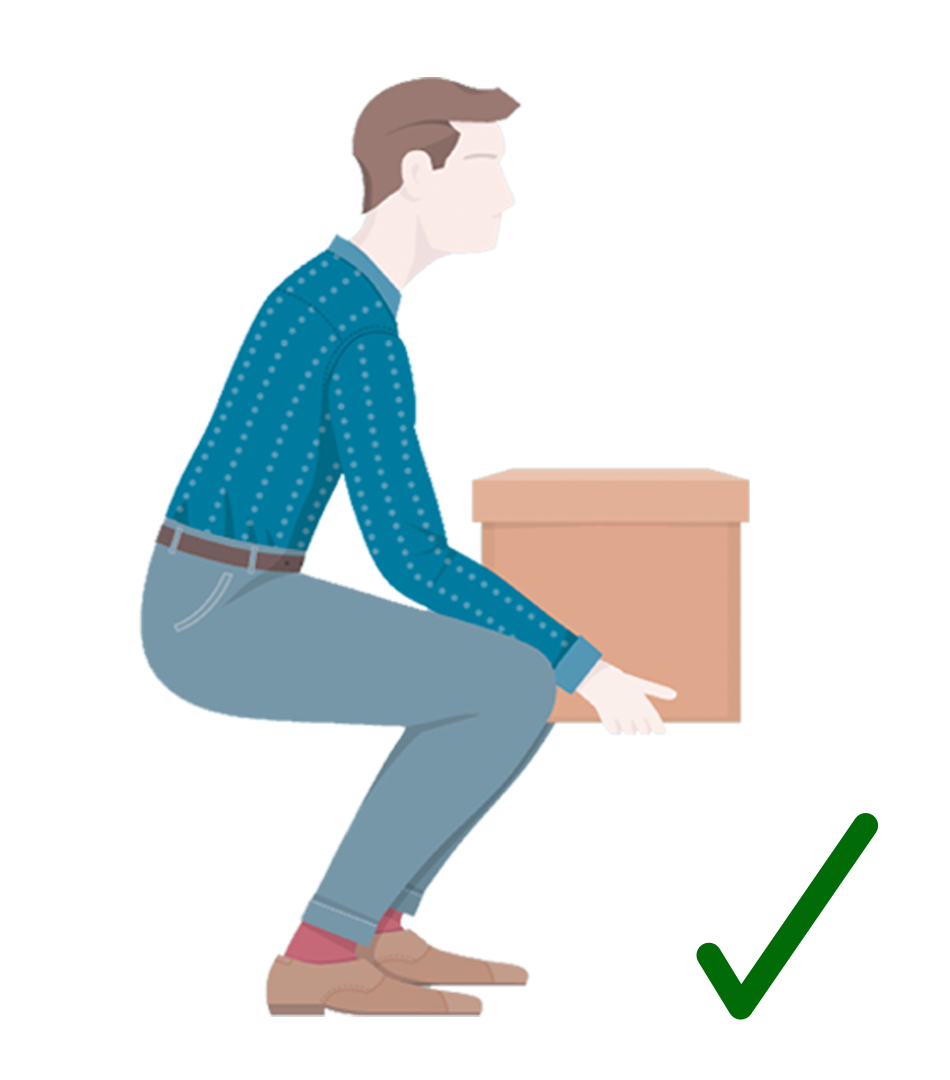Posture
When people hear the word ‘posture’ mention they all of a sudden straighten up… they know it’s important but often just aren’t in the habit of maintaining a healthy posture. There are hundreds of different situations and activities that might alter our recommendations slightly, so we are going to have to stick to the basics here.
Sitting
 Often when we discuss sitting posture the assumption is that we’re referring to desk workers, but really it refers to any type of sitting – whether it’s at the dinner table, in the car, or when watching TV. The general goal is to keep your spine balanced and neutral when seated; so being upright with your head on top of the rest of your spine, shoulders back rather than slouching forward, weight evenly distributed on your sit-bones, and legs uncrossed. Desk workers will ideally have their screens at eye-level, elbows and knees bent at 90 and minimal angling of their wrist to prevent RSI. ‘Tech-neck’ is a new term you may have heard and is caused by spending time with the neck in a downward position while looking at a screen – bring your device to your eyes rather than your eyes to your device.
Often when we discuss sitting posture the assumption is that we’re referring to desk workers, but really it refers to any type of sitting – whether it’s at the dinner table, in the car, or when watching TV. The general goal is to keep your spine balanced and neutral when seated; so being upright with your head on top of the rest of your spine, shoulders back rather than slouching forward, weight evenly distributed on your sit-bones, and legs uncrossed. Desk workers will ideally have their screens at eye-level, elbows and knees bent at 90 and minimal angling of their wrist to prevent RSI. ‘Tech-neck’ is a new term you may have heard and is caused by spending time with the neck in a downward position while looking at a screen – bring your device to your eyes rather than your eyes to your device.
Standing
The tendency when standing for long periods of time is to ‘lock out’ or extend the knees backward. This takes your core and leg muscles out of the equation and instead the weight of your body is held by your joints – especially your knees, hips and lower back. Instead of locking your knees out, think ‘soft knees’, which is the position just before you lock them out into extension, so your knees are slightly bent – but it’s far from a squat. Most of the sitting tips apply here too – shoulder’s back rather than slouching and head upright on top of the rest of your body.
Sleeping
Side sleeping is best, back sleeping is okay, but stomach sleeping should be avoided. When on your side, make sure one leg is on top of the other (with a cushion between your knees if necessary) to avoid twisting through your pelvis. Your pillow is important; it needs to be the right height so that your neck is in a neutral position and not angled in either direction up or down. Also make sure that your mattress is giving your body adequate support.
Lifting
 You’ve heard it all before but it’s always worth remembering to avoid injury.. Your leg muscles should do the lifting and your core muscles should be activated to stabilise and protect your spine. Lifting and twisting in the same motion should ideally be avoided where possible as the pressure on your lower back significantly increases – stay square to the item you’re lifting and move or turn with your feet instead. The majority of injuries that we see from lifting don’t actually occur from lifting big and bulky items but smaller ones that are repeatedly lifted, which suggests that there’s a cumulative effect and just as much care should be taken with smaller items (and make sure you’re having regular check-ups with your chiropractor!)
You’ve heard it all before but it’s always worth remembering to avoid injury.. Your leg muscles should do the lifting and your core muscles should be activated to stabilise and protect your spine. Lifting and twisting in the same motion should ideally be avoided where possible as the pressure on your lower back significantly increases – stay square to the item you’re lifting and move or turn with your feet instead. The majority of injuries that we see from lifting don’t actually occur from lifting big and bulky items but smaller ones that are repeatedly lifted, which suggests that there’s a cumulative effect and just as much care should be taken with smaller items (and make sure you’re having regular check-ups with your chiropractor!)
Kids
It’s probably obvious, but if we want the next generation’s posture to be okay, we need to help them to develop better habits from an early age – especially keeping an eye on their device-usage. Another consideration is the way they use their backpacks for school. Backpacks should ideally be less than 10% of the child’s bodyweight, have wide and padded shoulder straps and the weight should be distributed evenly side-to-side, with the heaviest items closest to the spine. The straps should be tightened so that that backpack is snug to their spine and sits between 5cm below the top of the shoulders and at or above waist height (not sagging below buttocks!). Also use common sense – help your child organise their bag to only carry what they need, and make sure they’re participating in some physical activities to keep their strength and fitness levels up.
Occupation-specific
There are also lots of factors specific to individual occupations or relating to different body shapes or conditions/injuries. It would be best to discuss these with your chiropractor, but the overall goals apply – your spine should be in as neutral of a position as possible, and you should change positions regularly to keep your joints healthy.
